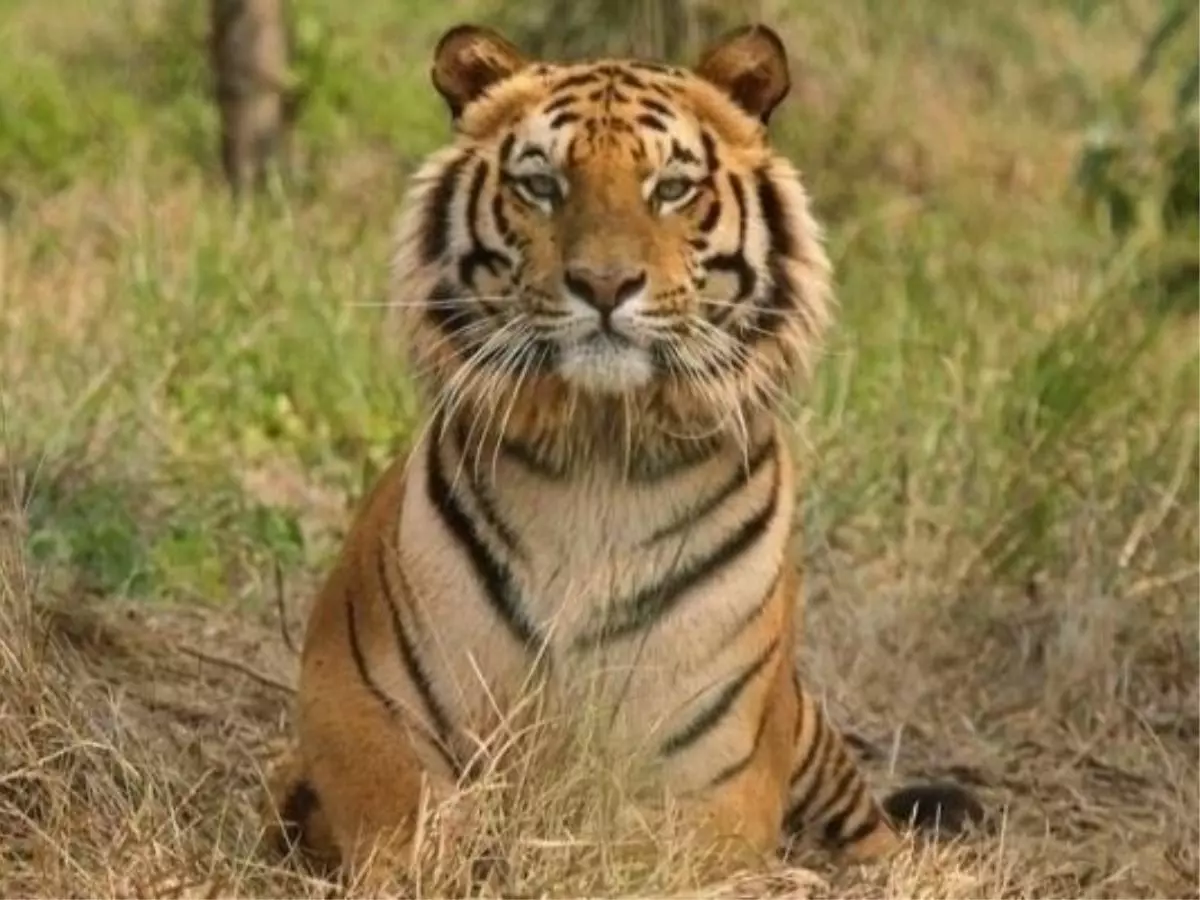Indian Student Builds AI That Can Find And Save Endangered Animals Across The World
When it comes to wildlife conservation efforts, the biggest problem faced is that of manpower. Human experts are the fastest at identifying species when it comes to endangered animals but there arení»t enough of them. But this AI might be able to help

When it comes to wildlife conservation efforts, the biggest problem faced is that of manpower.
Humans are killing endangered species fast, but it's also human experts that are the fastest at identifying species when it comes to endangered animals. The problem here is there aren't enough of them. That's why this AI might be able to help instead.

Aditya Radhakrishnan, a student participating in Google's 2019 Science Fair competition, believes the solution lies in an AI capable of identifying endangered species.
Currently, Convolutional Neural Networks (CNNs) are the best at this task. The only problem is that they're great for other animals. With those much rarer in the wild, there's just not enough image data to train them to pick these out.
Radhakrishnan has developed a solution using hypernetworks he says can overcome this challenge. Initially, several images of common species are used to train CNNs that can identify one species each. A single image of each of the species is then paired with its corresponding CNN to train the hypernetwork.
The end result is a the hypernetwork, when given a single image of a rare or endangered species that wasn't part of its training set, can generate a CNN on its own that's capable of identifying other images of the same species.

In tests, the hypernetwork was able to detect rare butterflies 70.5 percent of the time, and dog breeds 90 percent of the time. Even better, he believes that combining images of the animals with those of footprints, horns, hair, and faeces, can vastly improve their accuracy.
The could be incredibly useful and effective in curbing poaching and illegal trafficking, wildlife population and diversity analysis. It can even be deployed on mobile devices for remote offline fieldwork.
